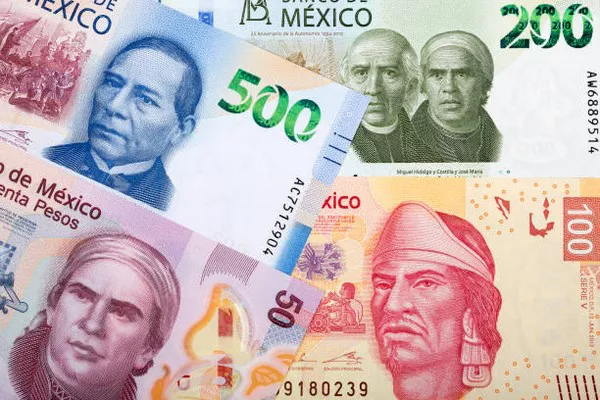As a vibrant tapestry of history, culture, and tradition, Mexico’s currency reflects the nation’s rich heritage and economic vitality. Among the array of Mexican banknotes, the 1000 peso bill stands out as a symbol of prestige, featuring iconic imagery, historical figures, and intricate design elements. In this comprehensive article, we delve into the fascinating history and symbolism of the 1000 Mexican peso bill, examining its evolution, cultural significance, and impact on Mexican society.
The Evolution of the 1000 Mexican Peso Bill:
The journey of the 1000 peso bill is intertwined with Mexico’s tumultuous history, marked by periods of economic prosperity, political upheaval, and cultural renaissance. From its inception to its current iteration, the bill has undergone several transformations, reflecting shifts in design aesthetics, security features, and societal values.
Early Designs and Features:
The earliest versions of the 1000 peso bill featured classic design elements, including portraits of prominent Mexican leaders, symbolic motifs, and intricate engravings. Notable examples include the 1983 series, which depicted the image of Mexican statesman and revolutionary hero, Francisco I. Madero, alongside motifs representing Mexico’s indigenous heritage and natural landscapes.
Modernization and Security Enhancements:
In response to advancements in printing technology and the rise of counterfeit threats, the design of the 1000 peso bill evolved to incorporate innovative security features and advanced printing techniques. The introduction of polymer substrate, holographic elements, and ultraviolet ink enhanced the bill’s durability and authenticity, deterring fraudulent reproduction. Notable examples include the 2008 and 2019 series of 1000 peso banknotes, which feature vibrant color schemes, intricate microprinting, and tactile elements for the visually impaired.
Cultural Representation and Symbolism:
One of the defining features of the 1000 peso bill is its celebration of Mexico’s diverse culture, heritage, and identity. Through its design elements and imagery, the bill pays homage to influential figures, historical events, and iconic landmarks that have shaped Mexico’s collective consciousness. These representations serve to foster national pride, unity, and a sense of belonging among Mexicans of all backgrounds.
Features of the 1000 Mexican Peso Bill:
The 1000 peso bill boasts a range of features that contribute to its visual appeal, security, and functionality. Some notable features include:
Portrait of a prominent Mexican figure, such as Benito Juárez or Miguel Hidalgo
Depiction of significant historical events, cultural symbols, and natural wonders
Holographic elements, including the Mexican coat of arms and denomination numeral
Watermark and security thread for authentication purposes
Raised ink and tactile features to aid the visually impaired
Cultural Significance and Impact:
Beyond its monetary value, the 1000 peso bill holds significant cultural symbolism and societal impact in Mexico. It serves as a tangible representation of Mexico’s history, values, and aspirations, inspiring national pride, patriotism, and collective memory. Whether used for everyday transactions or preserved as a collector’s item, the 1000 peso bill serves as a powerful symbol of Mexico’s past, present, and future aspirations.
Conclusion:
The 1000 Mexican peso bill stands as a testament to Mexico’s rich cultural heritage, economic resilience, and national identity. Through its diverse designs, symbolic imagery, and innovative features, the bill encapsulates the essence of Mexico’s history, culture, and spirit. As a cherished symbol of Mexican currency, the 1000 peso bill continues to inspire and unite Mexicans across the country, serving as a tangible reminder of Mexico’s enduring legacy and vibrant heritage.


